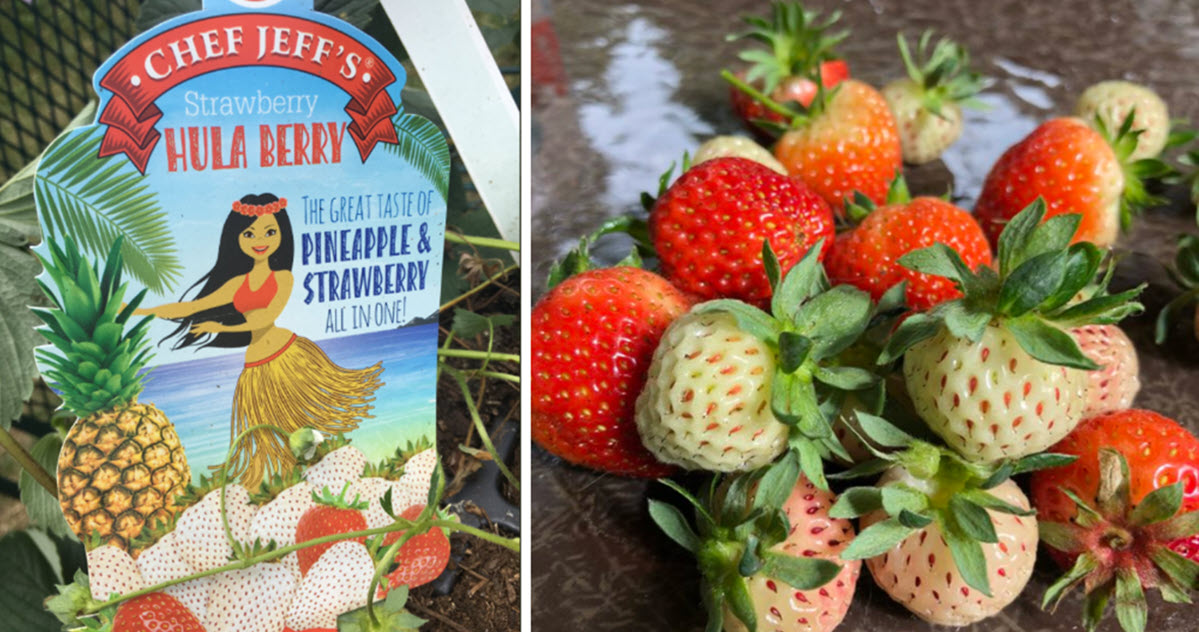There’s a new berry in town and home gardeners around the country are going wild for hula berries. The delicious berries are a part of a growing list of natural and unusual hybrids like cucamelons, plumcots, and more. The hula berries look like strawberries on the outside, but they actually taste very much like pineapple. Hula berries are descendants of the red strawberries that are native to the continent of North America and white strawberries that are native to Chile. They’re not genetically modified and they’re not a pineapple and strawberry hybrid. Rather, the berries grow completely naturally when they cross-pollinate with a regular strawberry plant.
Most frequently, hula berries are referred to as “hula berries,” but you will occasionally see them called a few other names, including pineberries, alpine berries, and even white strawberries. These all refer to the same fruit: hula berries. They’re white and known primarily for their pineapple flavor. You can’t find them in grocery stores, so if you want them, you’ll need to grow your own. You can buy baby plants online at places like Amazon, Etsy, and Walmart, or you can buy seeds online. The secret to growing them is to make sure they cross-pollinate. So you’ll have to grow strawberries, too.
I have so much to plant 🙈 I FINALLY found some strawberries. They only had 2 varieties-Hula Berries & Dipping Strawberries. #NonGMO 👏🏼 pic.twitter.com/uhRNENhJ72
— ᴳᴿᴱᴱᴺᵀᴴᵁᴹᴮᴳᴵᴿᴸˢ (@GreenThumbGirls) July 3, 2017
You’ll need a 3:1 ratio with three hula berry plants to every one red strawberry plant. Simply plant them all together in a sunny area that has rich soil. Also, if there are bees in the area, they will help to pollinate your berries. If there’s a strong breeze that can help with natural pollination between plants. You plant them in May or June and then you’ll enjoy the fruit in July. Some of them will end up being red, but that’s OK. They’re still delicious. You can eat them on your own or add them to recipes. Basically, use them just as you would strawberries or any other berry.
First time growing hula berries they are the white ones with red seeds. The kids loved them (^_^) #PacificNWgarden pic.twitter.com/7Or1EFQzv1
— Laurel Hale (@laurelhale) June 10, 2018
Who’s ready for some Hula Berry Pie? I am!

